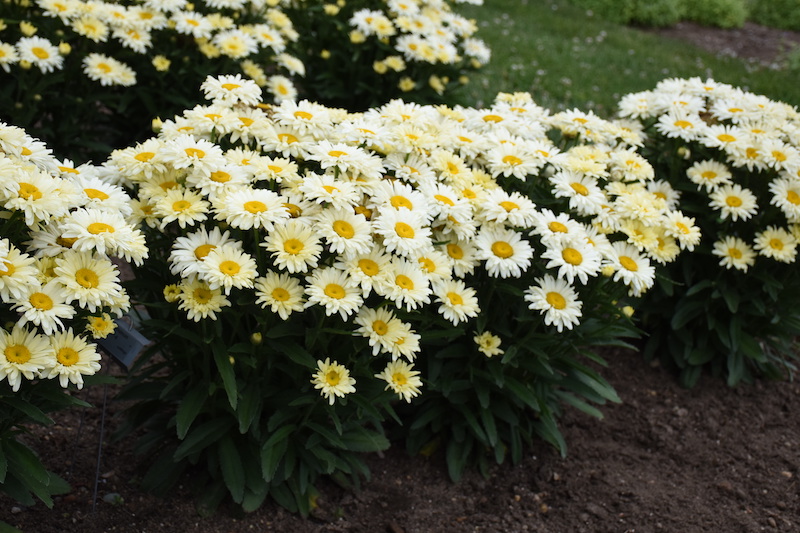Shasta Daisy is a flowering plant popular in gardens due to its cheerful white flowers and easy maintenance. This plant is generally considered deer and rabbit resistant and a good choice for gardens near wild or rural areas. It may endure some nibbling, but is tough and usually recovers quickly from any pest damage. Additionally, it can be bothered by slugs, snails and earwigs.

According to Rutgers University, Shasta Daisy is rated as "Occasionally Severely Damaged" on their rating scale. This means that while animals may not frequently damage the plant, it is still vulnerable to damage and may be eaten by animals under certain circumstances. Factors that may contribute to animal damage include the availability of other food sources, the density of the animal population, and the overall health of the Shasta Daisy plants.
| Rarely Damaged |
| Seldom Severely Damaged |
| Occasionally Severely Damaged |
| Frequently Severely Damaged |
Keeping Deer Away From Shasta Daisies
To minimize the risk of animal damage, it is an excellent idea to protect Shasta Daisy plants with physical barriers, such as fencing, or by applying repellents or other deterrents. Deer repellent can be sprayed on plants to release an unpleasant scent to deer, helping deter them from eating the plants. Additionally, fences can be made from various materials, such as chicken wire, netting, or even plastic deer fencing, and can be effective at keeping deer out of a garden. It is also helpful to consider the location of the plants in your garden. Some areas may be less attractive to deer than others, such as areas near a busy street or plants that deer do not find palatable. By understanding the preferences and behaviors of deer, you can take steps to protect your Shasta Daisies and other plants from damage.
Will Shasta Daisies Come Back After Deer Eat Them?
Shasta Daisies can come back after being eaten by deer, but it may take some effort to help the plants recover. One way to promote regrowth is to prune the plants back to healthy, undamaged foliage. Proper care, including providing adequate water and nutrients, can help Shasta Daisies recover and grow. Applying a balanced fertilizer according to the package instructions can help to nourish the plants and encourage healthy growth. It is also important to note that Shasta Daisies are tough perennials and will generally recover from any damage done to the top growth, especially for older, more established plants.
Sources: Rutgers New Jersey Agricultural Experiment Station ‘Landscape Plants Rated by Deer Resistance’ 2018
 |
Author Chris Link - Published 2-3-2023 |
